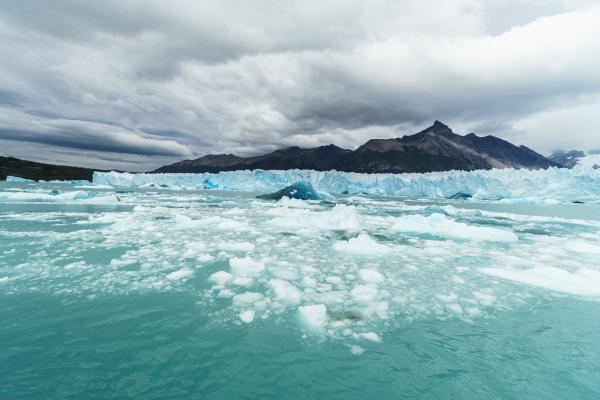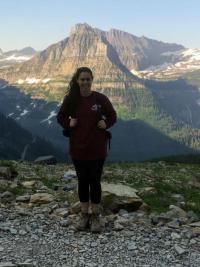Researchers link El Niño to accelerated ice loss in tropics

ORIGINALLY POSTED BY BYRD POLAR AND CLIMATE RESEARCH CENTER
Natural climate patterns such as El Niño are causing tropical glaciers to lose their ice at an alarming rate, a new study has found.
A phenomenon that typically occurs every two to seven years, El Niño causes much warmer than average ocean temperatures in the eastern Pacific, significantly affecting weather around the globe.
The Quelccaya Ice Cap (QIC) in the Peruvian Andes has been shown to be sensitive to these climate shifts, but the extent to which El Niño contributes to its continued shrinkage has, to date, been unclear.

Now, using images captured by NASA Landsat satellites over the past four decades, researchers have confirmed that the regional warming periodically caused by El Niño has indeed resulted in a drastic reduction of its snow-covered area. The study, led by Kara Lamantia, a graduate student here at the Byrd Polar and Research Climate Center at The Ohio State University, found that between 1985 and 2022, the QIC lost about 58% of its snow cover and about 37% of its total area.
“Our research gives us a look into a glacier’s health,” said Lamantia. “The Quelccaya glacier becomes greatly out of equilibrium during these short-term climate anomalies.”
The study, published on October 8, 2024 in the journal The Cryosphere, is the first to automate the process of snow-covered area detection on the QIC. Normally, this detection is only possible through extensive field measurements or manually hand-tracing satellite images that are clear enough to detail the visual boundary between snow and ice.
Yet an algorithm this team developed processes images using near-infrared imagery, a method that utilizes wavelengths outside our visible spectrum. “By creating a threshold for the different reflectance between snow and ice cover, we can gather a consistent and much more reliable measurement,” said Lamantia.
Glaciers and ice caps gain mass by accumulating ice and snow and lose it when none is received, or more ice is lost than gained. By measuring the ratio of snow-covered area to the total area, researchers can quantify whether the QIC is gaining mass, losing it, or maintaining a steady state.
The study revealed that during El Niño, the ratio drops significantly away from the average, indicating a drastic reduction in the snow-covered area.
Learn more by visiting Ohio State News or read the study in The Cryosphere.
